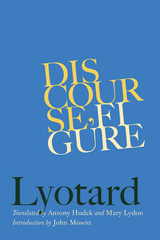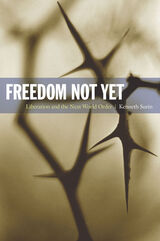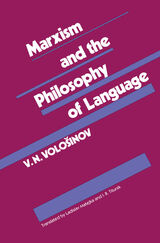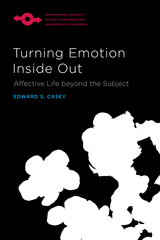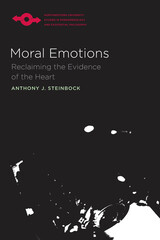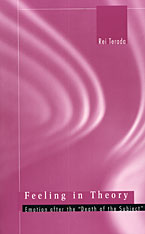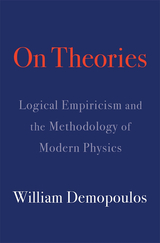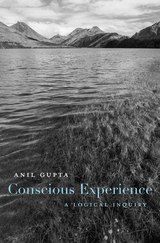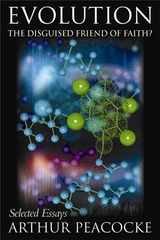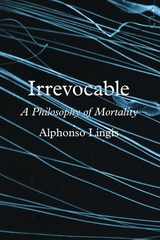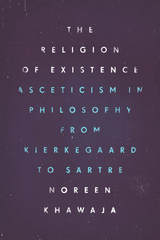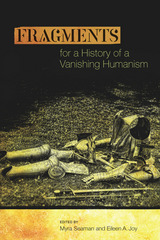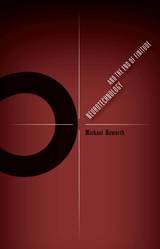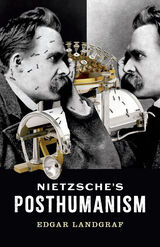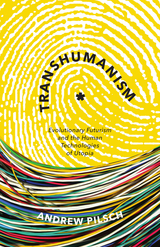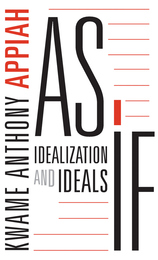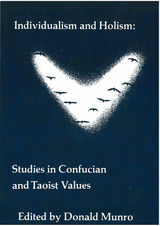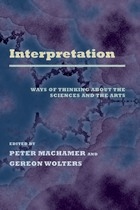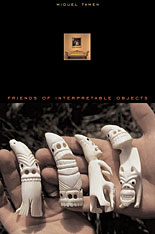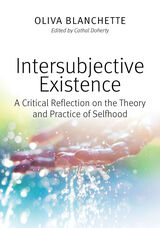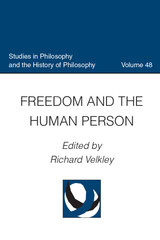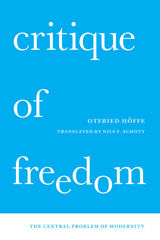Discourse, Figure
University of Minnesota Press, 2019
eISBN: 978-0-8166-7330-8 | Cloth: 978-0-8166-4565-7 | Paper: 978-0-8166-4566-4
Library of Congress Classification B820.L913 2011
Dewey Decimal Classification 194
eISBN: 978-0-8166-7330-8 | Cloth: 978-0-8166-4565-7 | Paper: 978-0-8166-4566-4
Library of Congress Classification B820.L913 2011
Dewey Decimal Classification 194
ABOUT THIS BOOK | AUTHOR BIOGRAPHY | REVIEWS | TOC
ABOUT THIS BOOK
Lyotard’s earliest major work, available in English for the first time
Choice Outstanding Academic Title
Jean-François Lyotard is recognized as one of the most significant French philosophers of the twentieth century. Although nearly all of his major writing has been translated into English, one important work has until now been unavailable. Discourse, Figure is Lyotard’s thesis. Provoked in part by Lacan’s influential seminars in Paris, Discourse, Figure distinguishes between the meaningfulness of linguistic signs and the meaningfulness of plastic arts such as painting and sculpture. Lyotard argues that because rational thought is discursive and works of art are inherently opaque signs, certain aspects of artistic meaning such as symbols and the pictorial richness of painting will always be beyond reason’s grasp.
Choice Outstanding Academic Title
Jean-François Lyotard is recognized as one of the most significant French philosophers of the twentieth century. Although nearly all of his major writing has been translated into English, one important work has until now been unavailable. Discourse, Figure is Lyotard’s thesis. Provoked in part by Lacan’s influential seminars in Paris, Discourse, Figure distinguishes between the meaningfulness of linguistic signs and the meaningfulness of plastic arts such as painting and sculpture. Lyotard argues that because rational thought is discursive and works of art are inherently opaque signs, certain aspects of artistic meaning such as symbols and the pictorial richness of painting will always be beyond reason’s grasp.
A wide-ranging and highly unusual work, Discourse, Figure proceeds from an attentive consideration of the phenomenology of experience to an ambitious meditation on the psychoanalytic account of the subject of experience, structured by the confrontation between phenomenology and psychoanalysis as contending frames within which to think the materialism of consciousness. In addition to prefiguring many of Lyotard’s later concerns, Discourse, Figure captures Lyotard’s passionate engagement with topics beyond phenomenology and psychoanalysis to structuralism, semiotics, poetry, art, and the philosophy of language.
See other books on: Criticism | Criticism & Theory | Discourse | Figure | Form (Aesthetics)
See other titles from University of Minnesota Press
